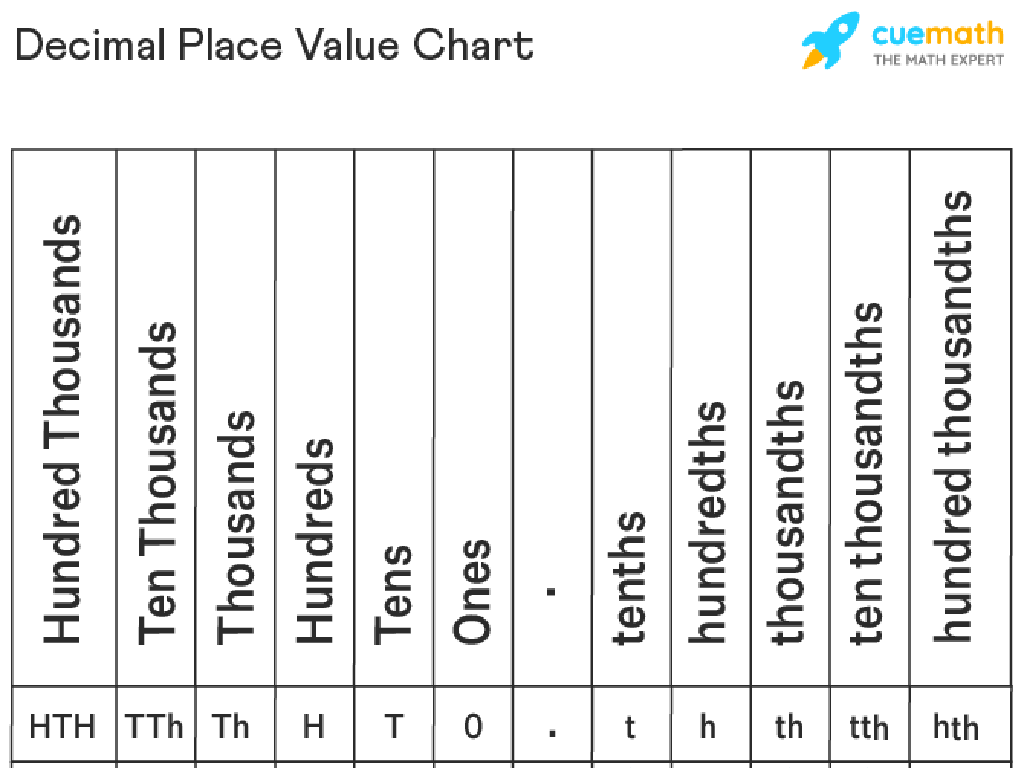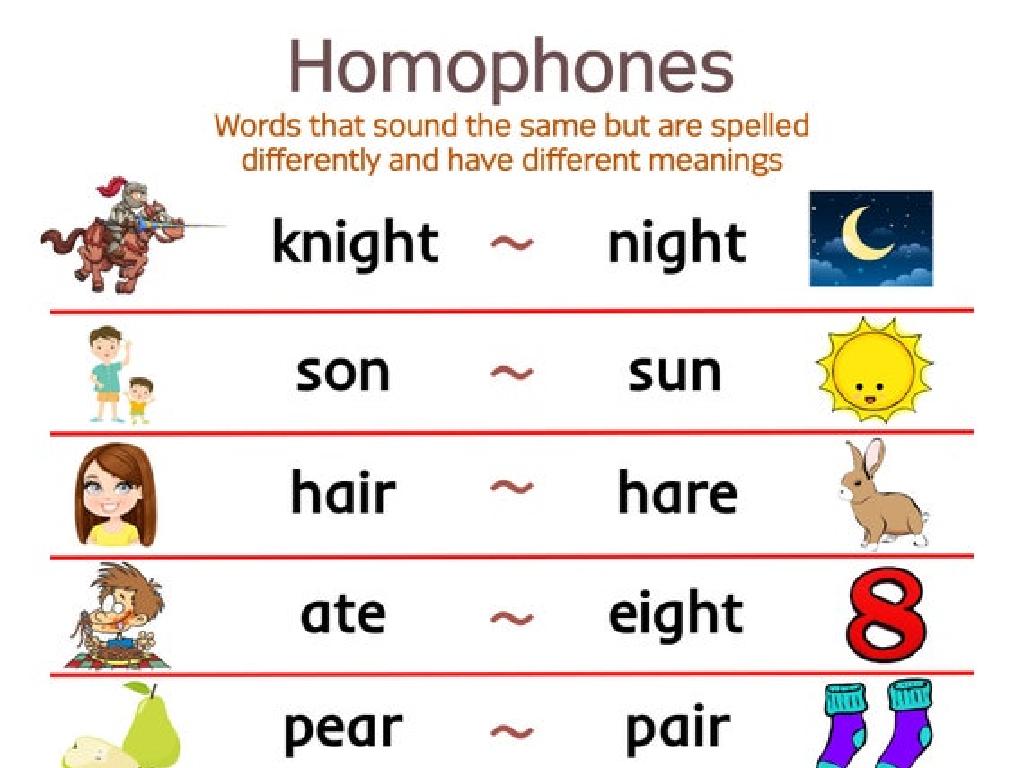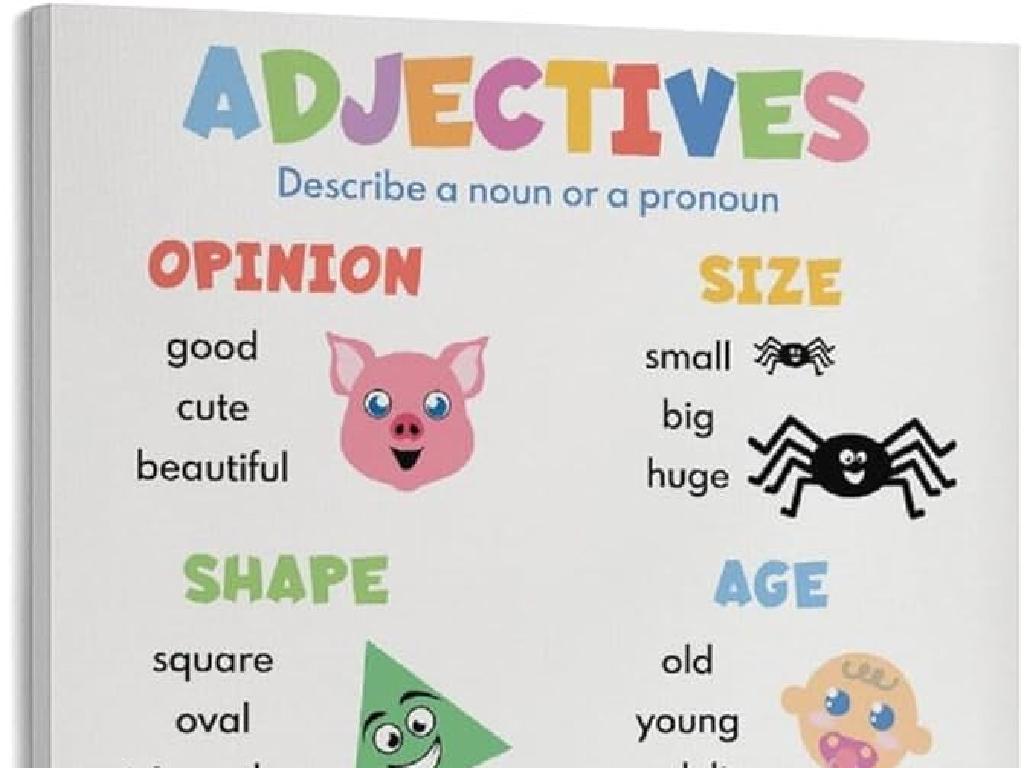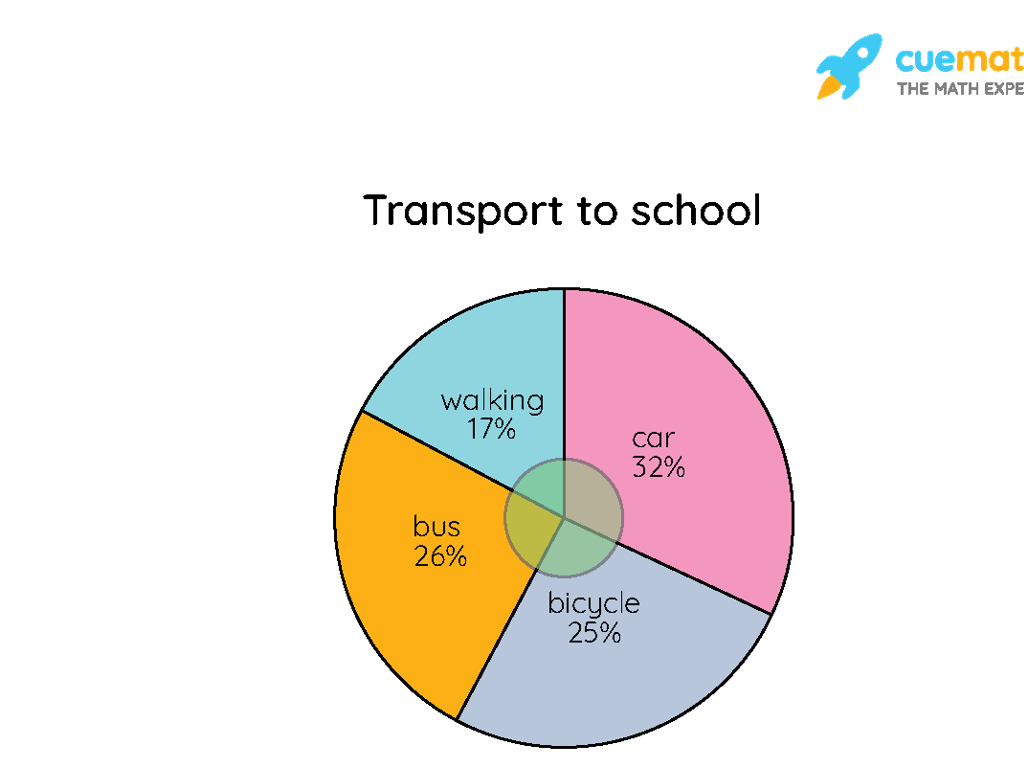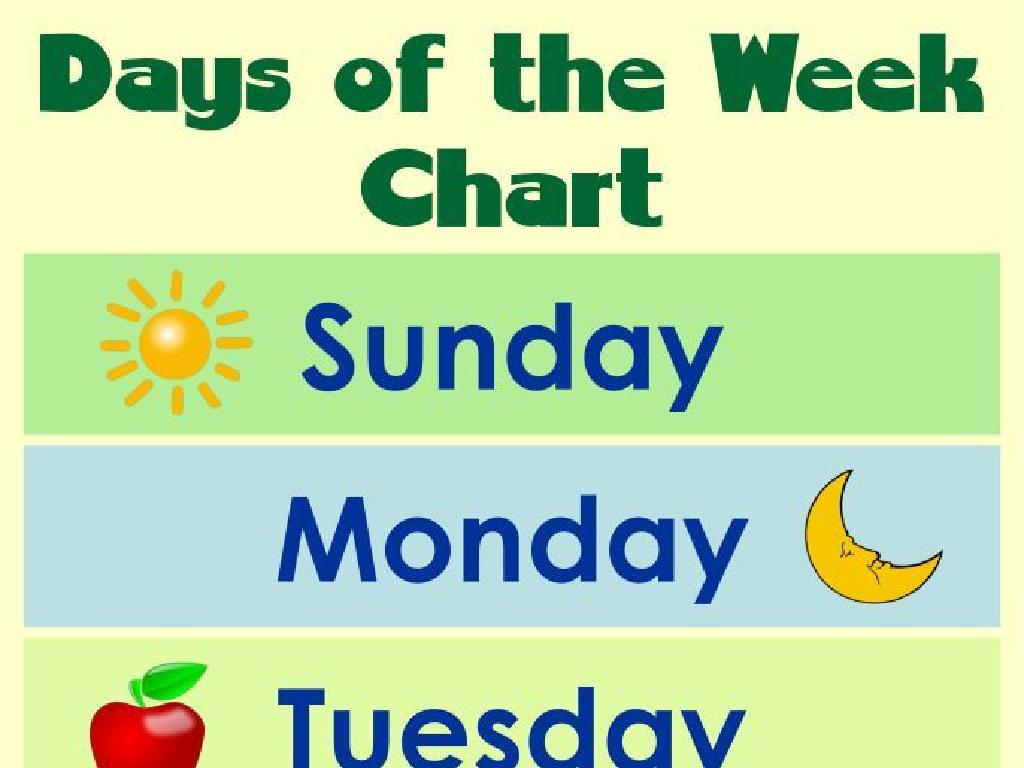Abbreviate Months Of The Year
Subject: Language arts
Grade: Third grade
Topic: Abbreviations
Please LOG IN to download the presentation. Access is available to registered users only.
View More Content
Introduction to Abbreviations
– What are Abbreviations?
– Shortened forms of words or phrases
– Why use Abbreviations?
– To save time and space in writing
– Everyday Abbreviation examples
– Dr. for Doctor, Jan. for January
– Abbreviating months
– Jan for January, Feb for February, etc.
|
Begin the lesson by explaining that abbreviations are shorter versions of words or phrases, which make writing and reading quicker and easier. Discuss the practicality of using abbreviations in everyday life, such as when taking notes or writing a calendar. Provide common examples that the students may already be familiar with, like abbreviations for titles or days of the week. Then, transition to the specific topic of abbreviating months of the year, ensuring to highlight that each abbreviated month ends with a period. Encourage students to practice by writing out the full months and their corresponding abbreviations. This will help them become more comfortable with the concept and recognize these abbreviations in their daily lives.
Abbreviating Months of the Year
– List all 12 months
– Count the letters in each month
– January has 7 letters, February has 8, and so on.
– Reasons for abbreviations
– Saves space and time in writing and speaking.
– Practice writing abbreviations
– Let’s try abbreviating January as Jan, February as Feb, etc.
|
This slide introduces the concept of abbreviating the months of the year. Start by listing all 12 months and engage the students in counting the letters of each month’s name. Discuss practical reasons why abbreviations are useful, such as saving space when writing dates and making it quicker to read and write. Encourage the students to practice writing the abbreviations for each month. For example, ‘Jan’ for January, ‘Feb’ for February, etc. Make sure to highlight that the first three letters are often used for abbreviations and that they always start with a capital letter. This activity will help students become familiar with commonly used abbreviations in everyday life.
Abbreviating Months: January to June
– January to Jan.
– The first month turns into ‘Jan.’
– February to Feb.
– ‘Feb.’ is how we write the second month shortly.
– March to Mar.
– For the third month, we use ‘Mar.’
– April to Apr.
– ‘Apr.’ is the short form for the fourth month.
|
This slide introduces students to the concept of abbreviating the first six months of the year. Abbreviations are shorter forms of words that make writing and reading quicker and easier. January, February, March, and April are shortened to Jan., Feb., Mar., and Apr., respectively. May is already a short name, so it stays the same, and June becomes Jun. Have the students practice writing these abbreviations and use them in sentences to get familiar with the new forms. This will help them recognize and use these abbreviations in their writing.
Abbreviating Months: July to December
– July shortens to Jul.
– August shortens to Aug.
– September shortens to Sept.
– October shortens to Oct.
– Remember, Oct. is for Halloween!
|
This slide is aimed at teaching third-grade students how to abbreviate the months of July through December. Start by explaining that abbreviations are shorter ways to write words, which are especially useful when taking notes or marking calendars. Go through each month and show the abbreviated form. Emphasize that even though the words are shorter, they still represent the same months. For October, you can mention Halloween as a way to help them remember the abbreviation. Encourage the students to practice writing these abbreviations and to use them in sentences or when planning events on their calendars.
Practice Time: Abbreviating Months
– Write full names of months
– Learn their abbreviations
– Jan. for January, Feb. for February, etc.
– Practice writing both
– Use a chart to match months with abbreviations
– Share with the class
|
This slide is for a class activity where students will practice abbreviating the months of the year. Start by having them write the full names of all twelve months. Then, introduce the standard abbreviations for each month, such as ‘Jan.’ for January and ‘Feb.’ for February, and so on. Provide a chart or worksheet for students to fill in the full names and their corresponding abbreviations. Encourage them to say the names aloud as they write to reinforce learning. After completing the activity, ask volunteers to share their work with the class to ensure understanding and to celebrate their learning. This exercise will help solidify their knowledge of abbreviations in a fun and interactive way.
Using Abbreviations for Months
– When to use month abbreviations
– Use abbreviations for shortening dates in writing
– Example: ‘My birthday is in Jan.’
– Jan. stands for January in this sentence
– Example: ‘School starts in Sept.’
– Sept. means September when school begins
|
This slide introduces students to the concept of abbreviating months of the year. Abbreviations are used to shorten words, making writing more efficient. For example, ‘Jan.’ is the abbreviation for January, and ‘Sept.’ is for September. These can be used when writing dates in a diary, on invitations, or in short notes. Encourage students to practice by writing out dates for important events using abbreviations. Discuss why we use abbreviations and how they help in writing. Provide additional examples and ask students to come up with their own sentences using abbreviated months.
Abbreviating Months: Fun Activities
– Play the matching game
– Match each month to its correct abbreviation
– Create an abbreviated calendar
– Use abbreviations to mark months on a calendar you make
– Share your birthday month
– Tell us when your birthday is using the abbreviation
|
This slide introduces a set of interactive activities to help students learn the abbreviations for the months of the year. The matching game involves students connecting the full name of each month to its corresponding abbreviation, reinforcing their memorization through play. Creating a calendar activity allows students to apply what they’ve learned by abbreviating each month on their own calendar, which they can personalize. Lastly, the sharing activity not only helps students practice using the abbreviations but also fosters a sense of community in the classroom. Teachers should prepare matching cards for the game, templates for the calendar activity, and ensure each student gets a chance to share. Possible variations of the matching game could include a timed challenge, team competition, or pairing up students for collaborative learning.
Abbreviations: Wrapping Up!
– Congratulations on learning abbreviations!
– Understanding the usefulness of abbreviations
– Abbreviations save time and space in writing.
– Keep practicing your new skills
– Abbreviations make writing faster!
– For example, Jan. instead of January.
|
Well done on completing the lesson on abbreviating months of the year! It’s important to understand that abbreviations help us write more efficiently by shortening long words. They are especially useful when taking notes or writing in a limited space, like in a calendar. Encourage the students to keep practicing by writing dates and using the abbreviations they’ve learned. You can create fun activities like a calendar journal where they mark important dates using the month abbreviations or have them quiz each other on the abbreviations. Remember, the more they practice, the better they’ll get at remembering and using these shortcuts in their writing.

